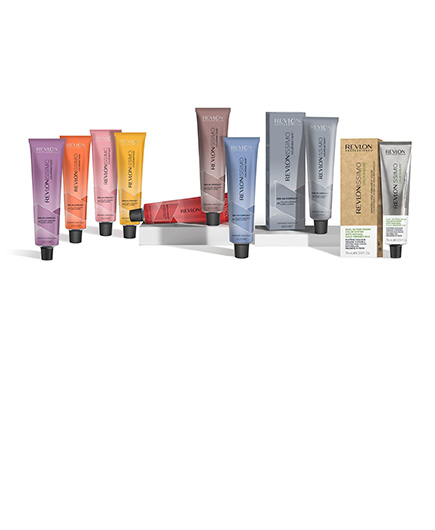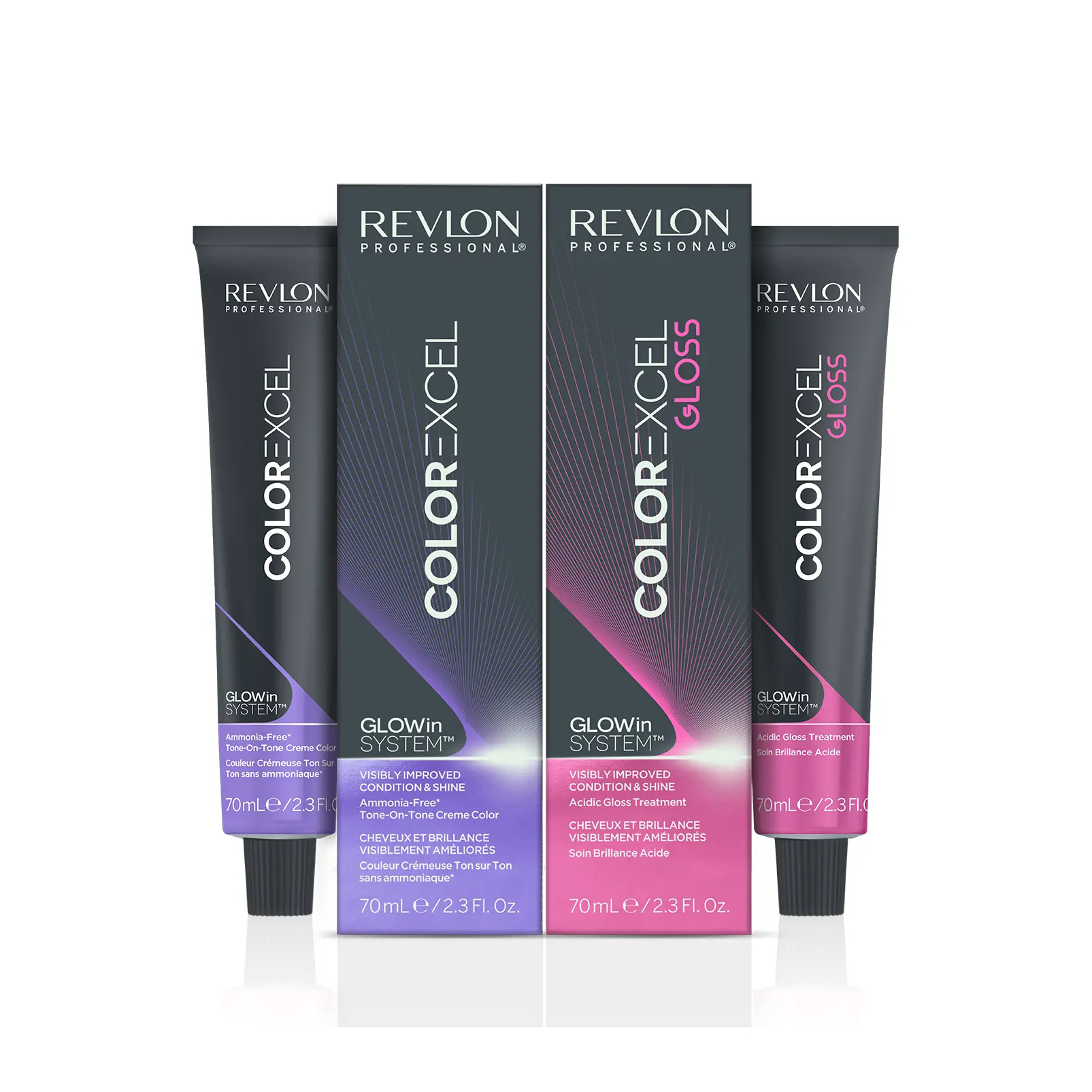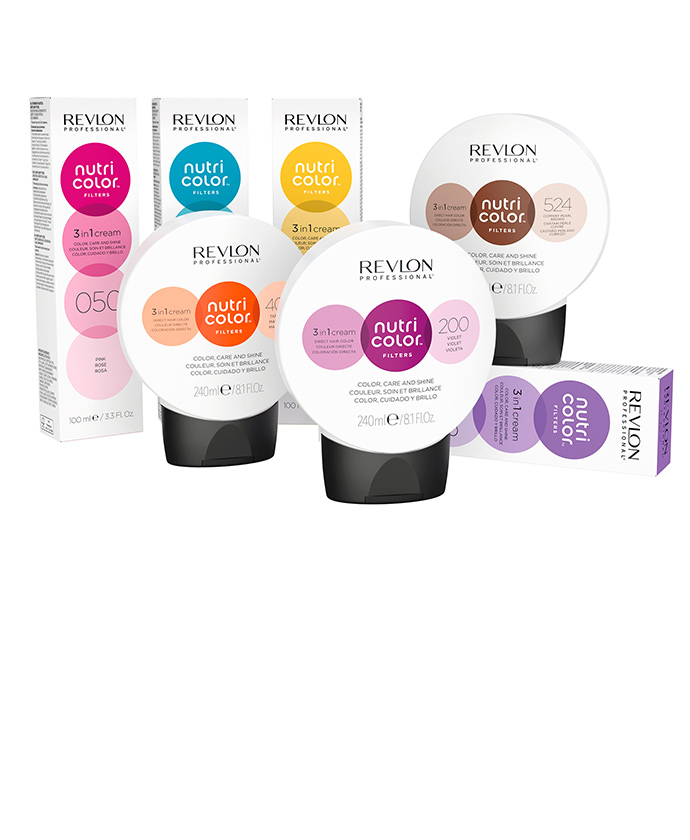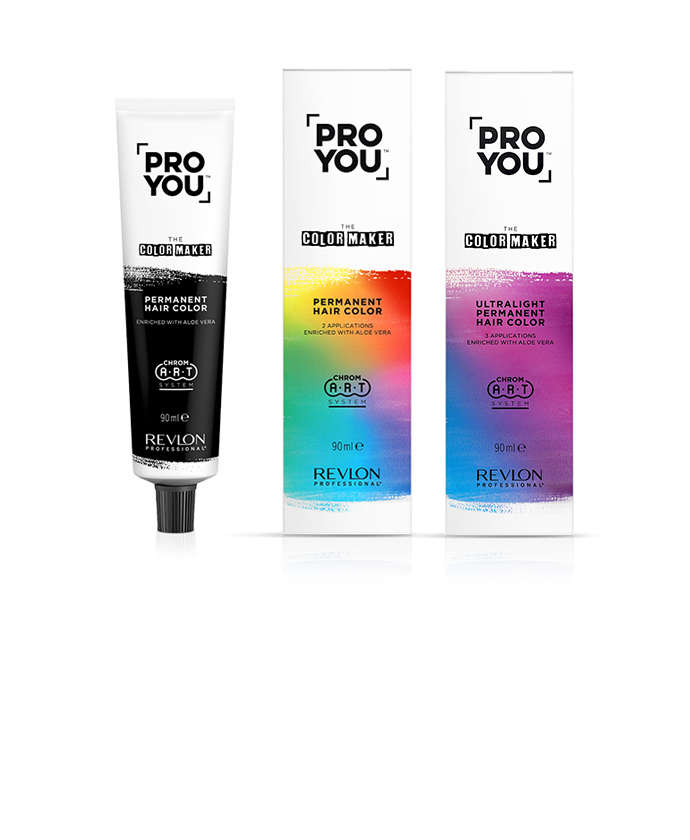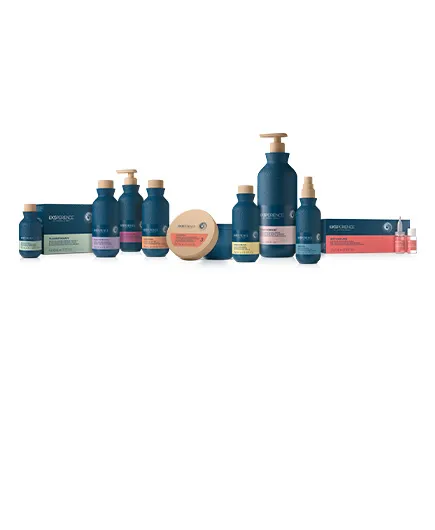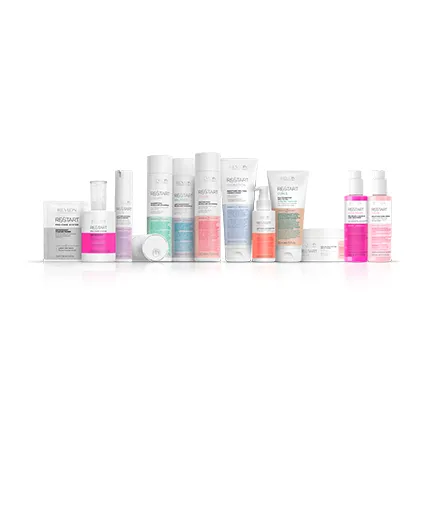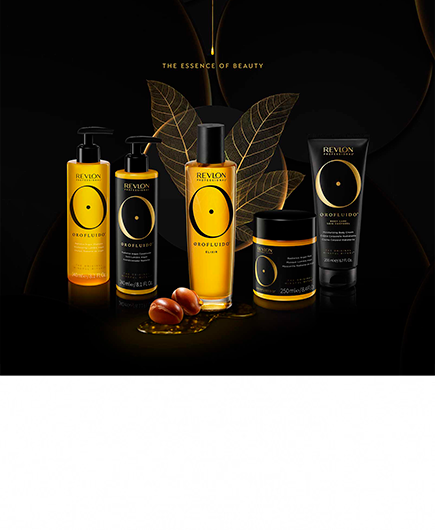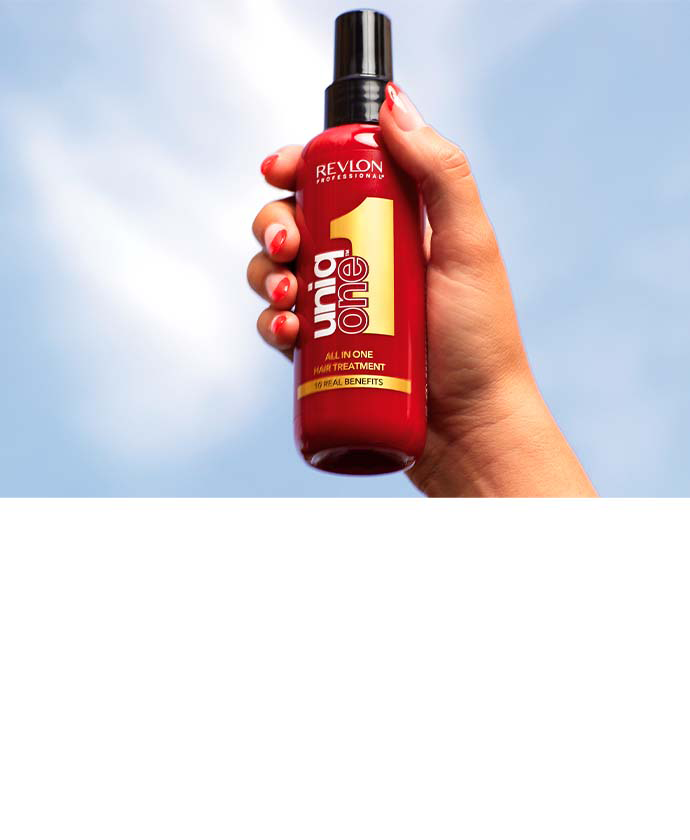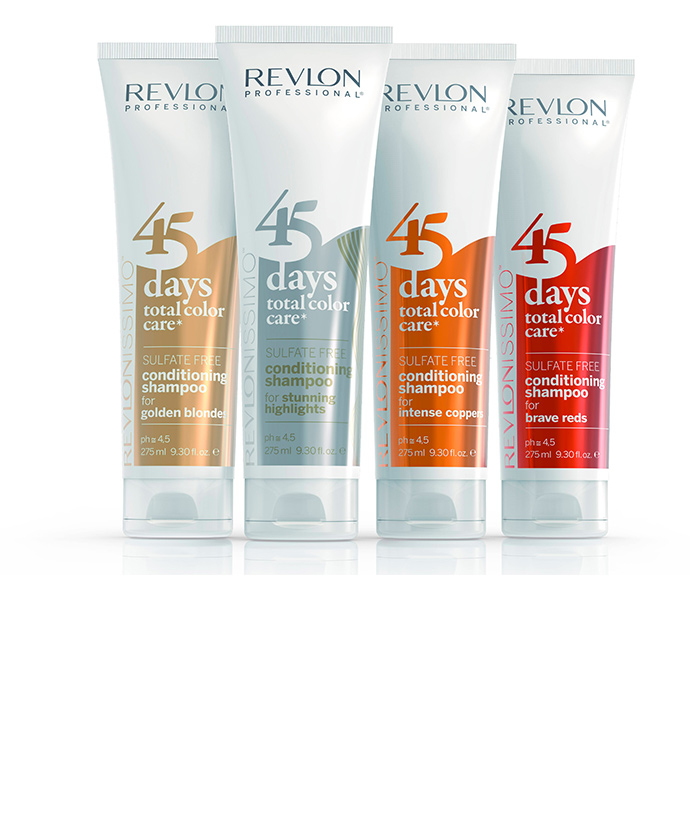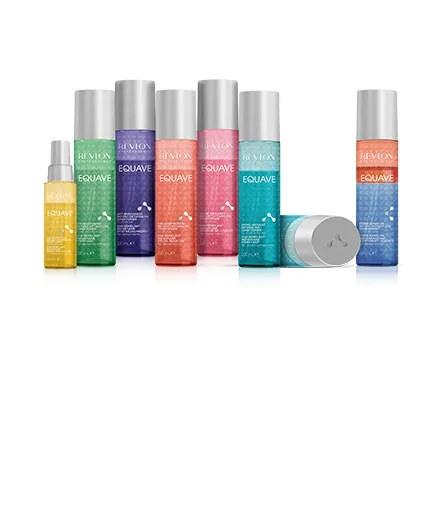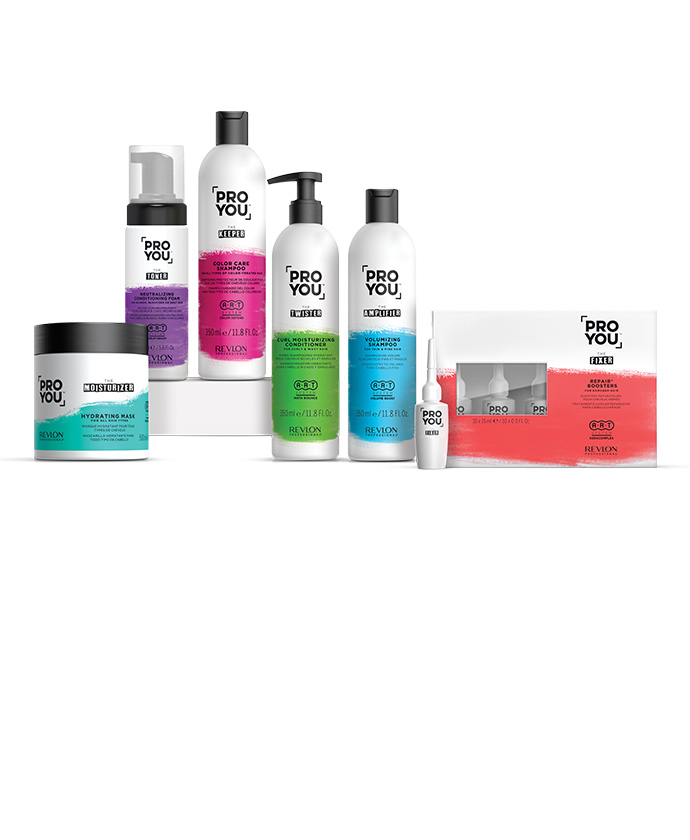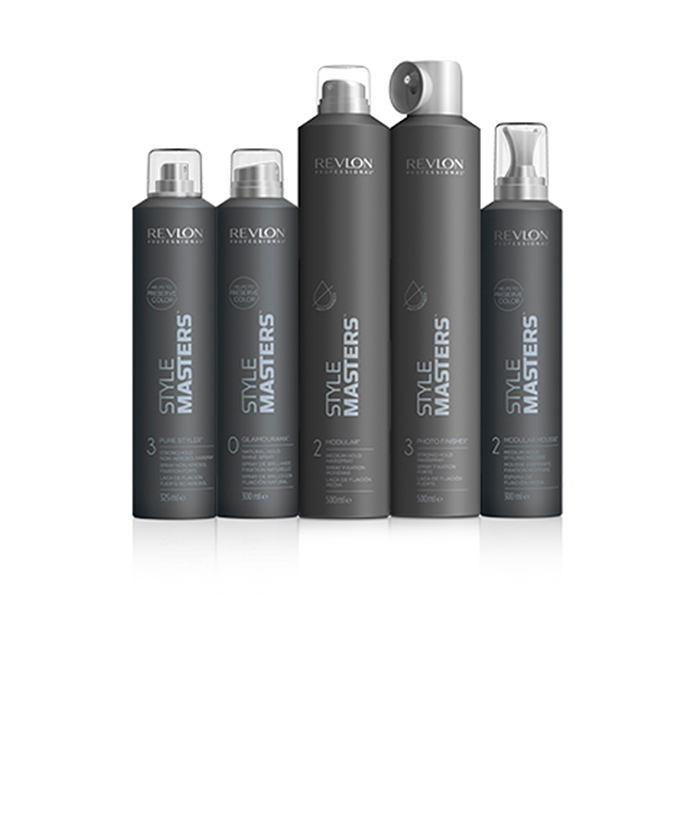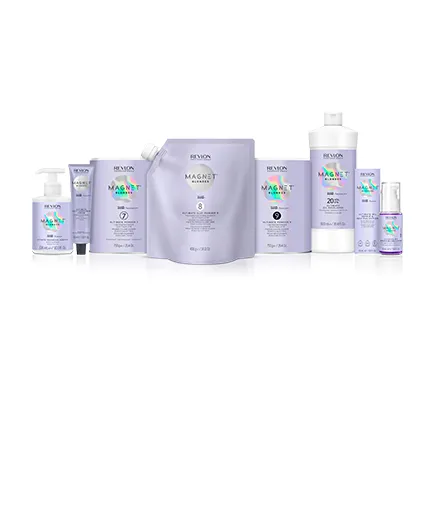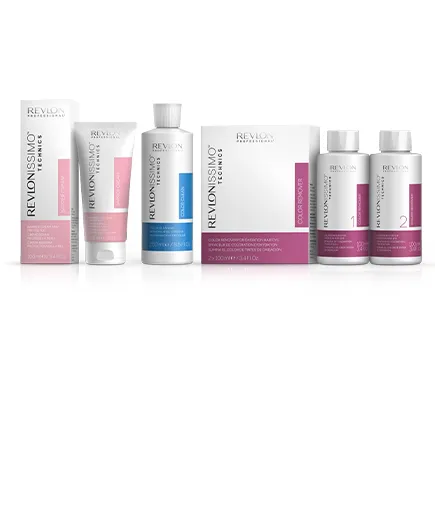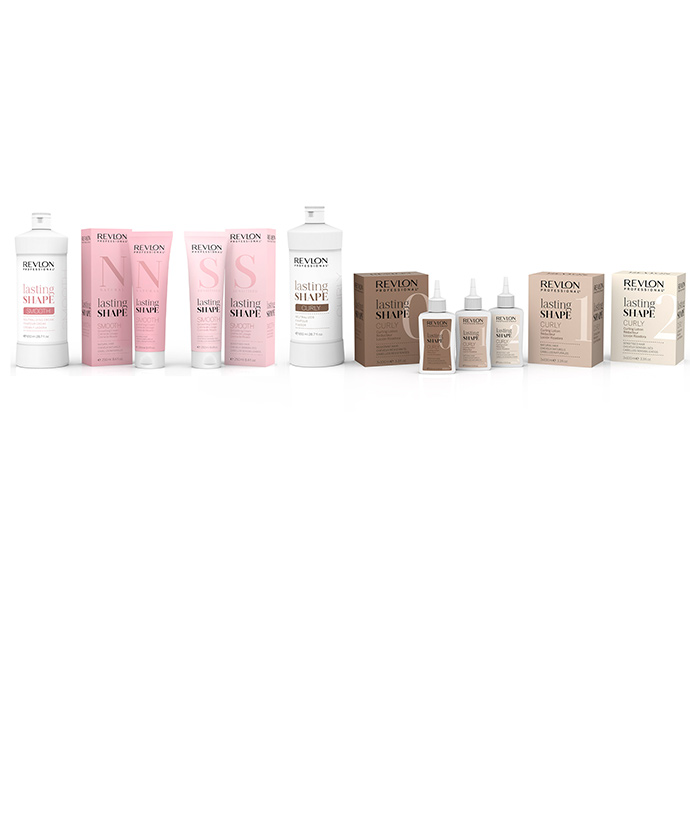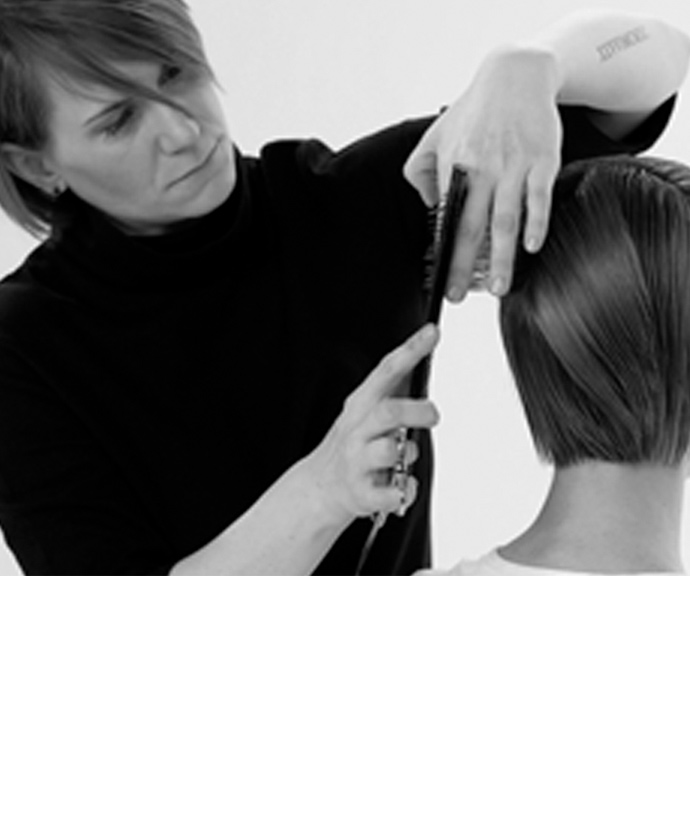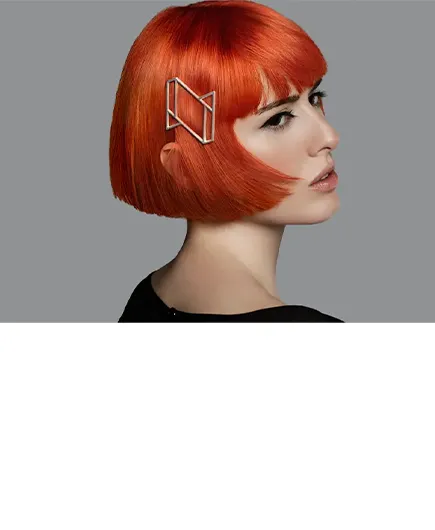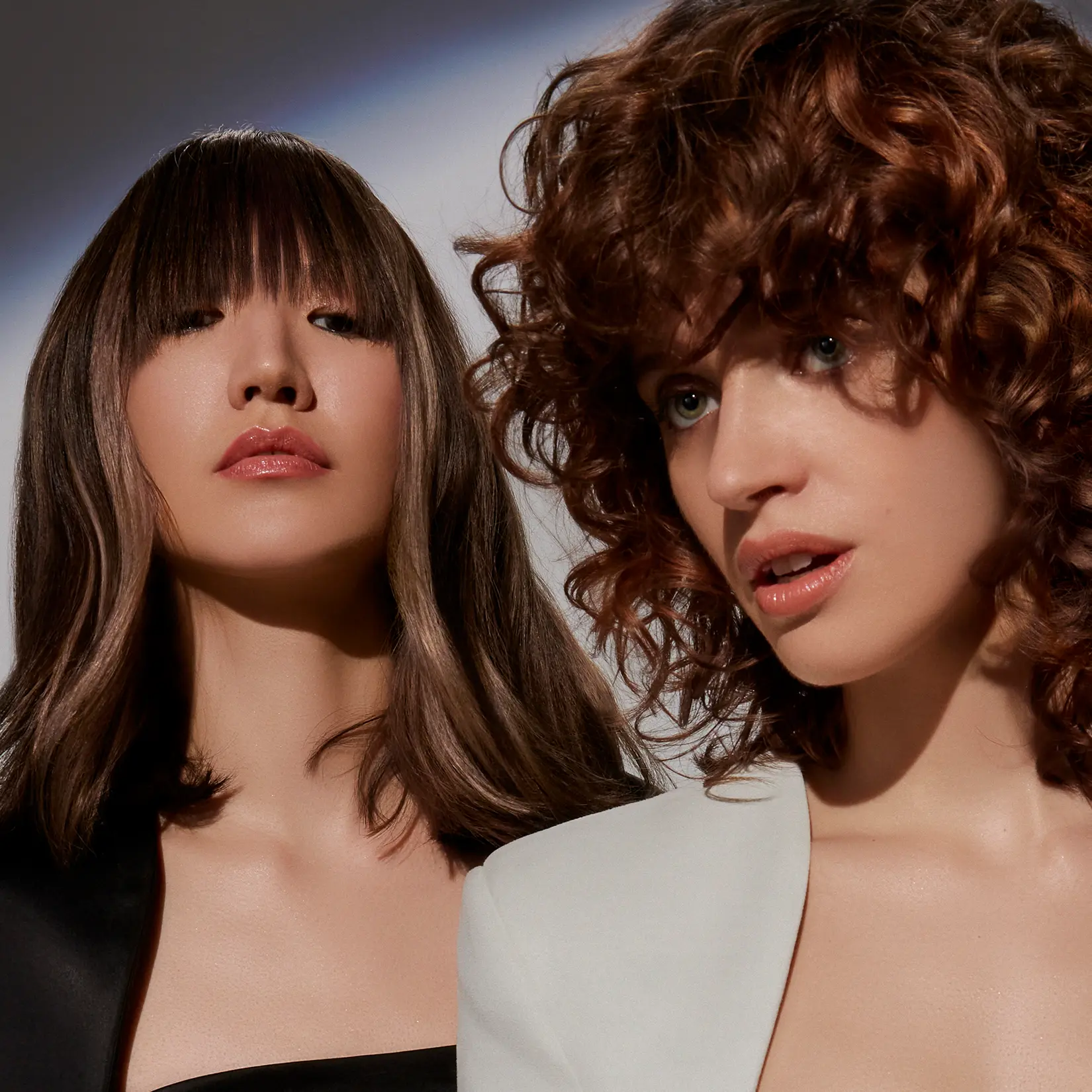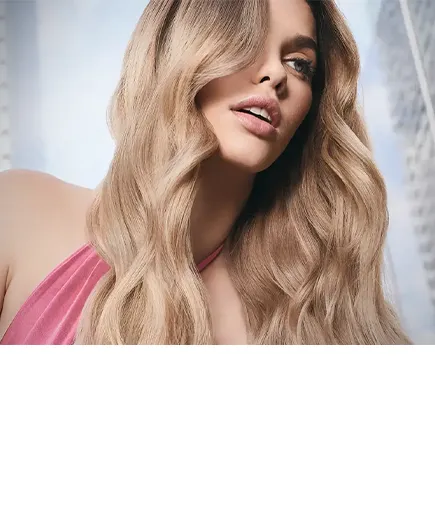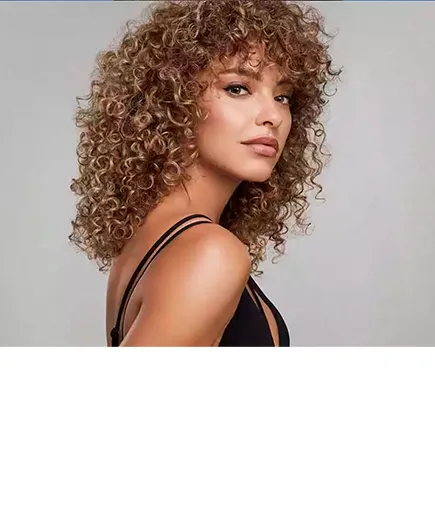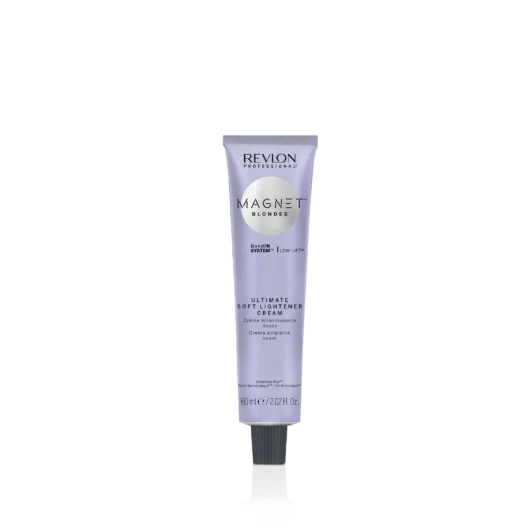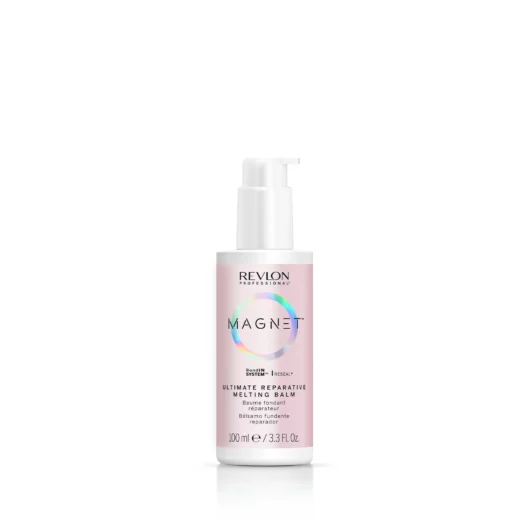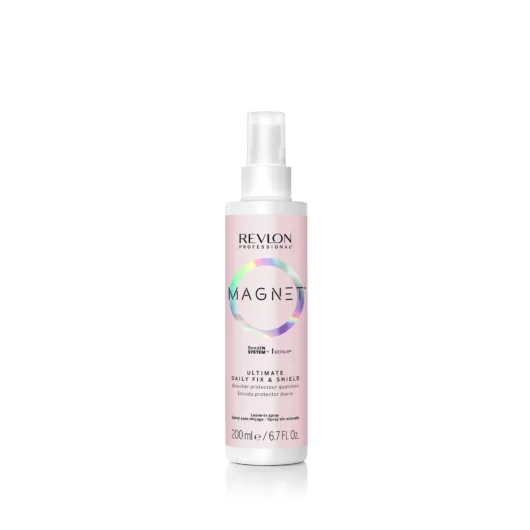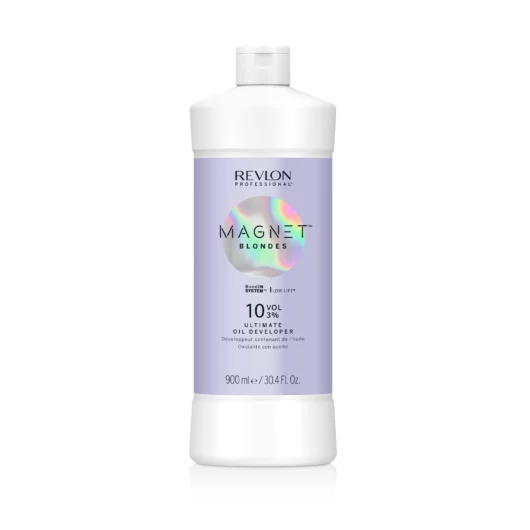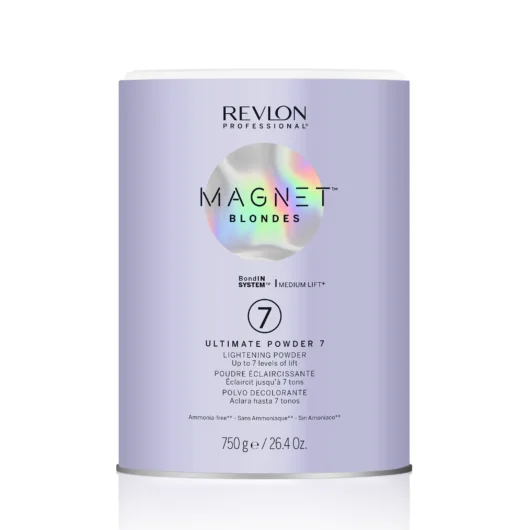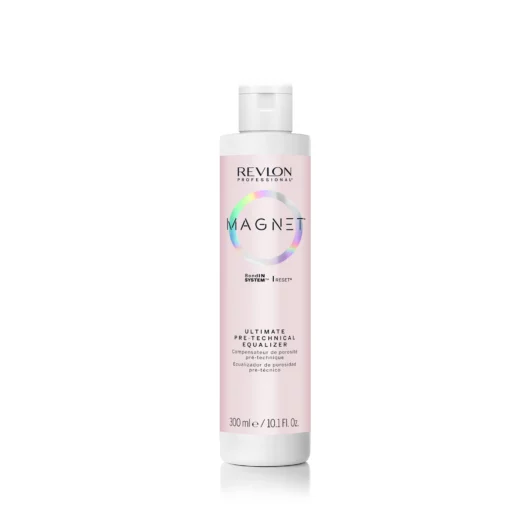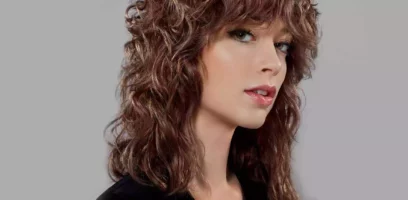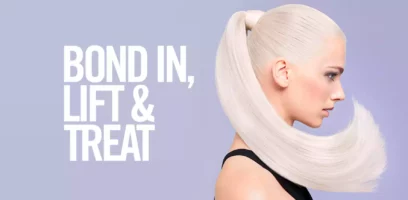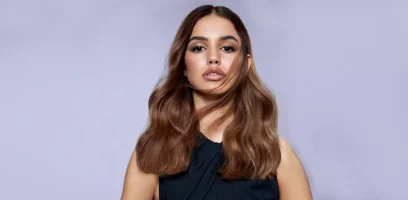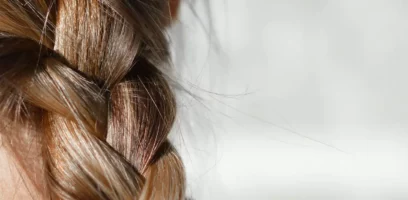Difference between highlights and lowlights: When to use them
When it comes to lightening techniques, it’s not always just about achieving the perfect balayage or ombré look. Hair lightening techniques—like highlights, babylights, and lowlights—are undoubtedly always going to be popular, on-trend choices in hair salons. Whether you’re adding some beautiful face-framing highlights at a time when your client’s spirits are low, or a few babylights to highlight their best features, the right technique can create the ultimate confidence-boosting transformation.
So, which technique should you use to ensure your clients consistently walk away from your chair feeling confident and beautiful? Keep reading to discover the key differences between highlights, babylights, and lowlights, and when you should apply each color technique in your salon for the most flawless results.
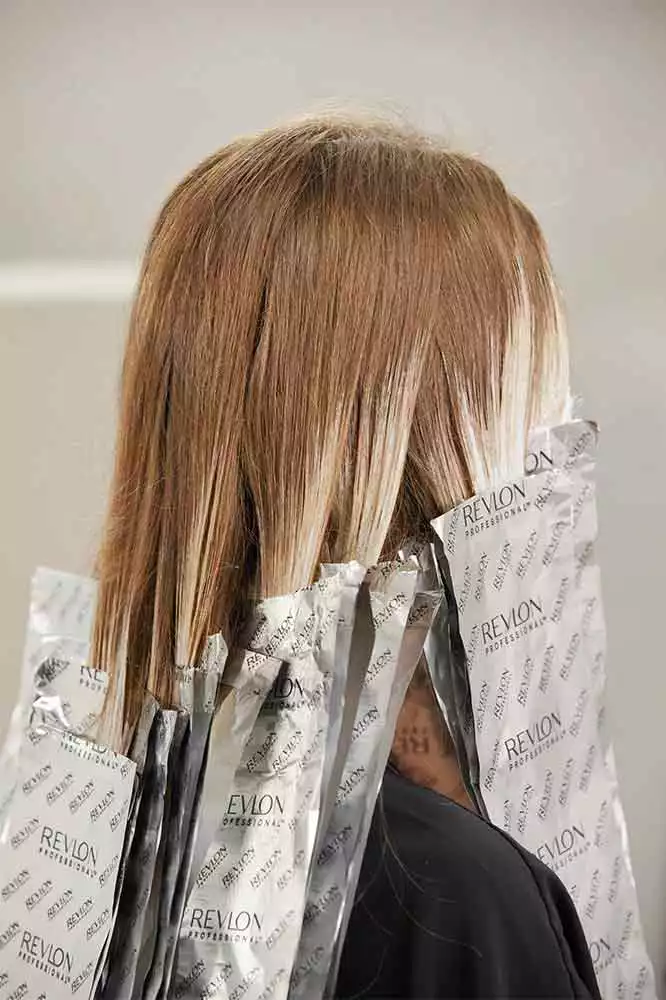
The Difference Between Highlights, Lowlights, and Babylights
Hair lightening techniques can be traced back centuries, all the way back to Ancient Rome. In today’s world, there are now more modern hair coloring techniques than ever before. This means that the possibilities are really endless when it comes to creating gorgeous highlight, lowlight, or babylight looks that are a true reflection of your talent and creativity.
Before choosing between these three coloring techniques, it’s important to understand the key differences between each, as well as the history of your client’s hair (in order to avoid any unwanted surprises). Once you’re ready to get started, it’s time to decide: highlights, babylights, or lowlights? Below, we’ve broken it down to help you easily decide which technique is best.
Traditional Highlights
Highlights have arguably been the most popular hair lightening technique since the 1960s. Although the term “highlights” is sometimes used as an umbrella term to describe various lightening techniques, the classic highlights style is achieved by sectioning out strands of hair, applying lightener from root to tip, and wrapping the hair in foils for processing. This adds beautiful dimension and depth to the hair when executed correctly. With this technique, the hair is usually lightened about three shades above the client’s hair tone (colored or natural) to create subtle and natural-looking highlights. Alternatively, it’s also possible to create a more dramatic, contrasting result between your chosen shades using this classic technique by using larger sections of hair.
Ver esta publicación en Instagram
Babylights
Babylights are similar to traditional highlights in many ways. In the case of babylights, a similar process is followed, with sectioned strands of hair being lightened from root to tip using foils. However, babylights use micro-strands of hair and a smaller separation between sections when compared to classic highlights. By using thinner sections of hair, this technique creates an incredibly soft, subtle, and sun-kissed result that doesn’t overpower the client’s hair. Generally, babylights are used to lighten the hair no more than two shades, in order to avoid overly strong contrasts. All in all, babylights provide a very natural-looking and low-maintenance hairstyle option.
Ver esta publicación en Instagram
Lowlights
Unlike highlights and babylights, lowlights aim to bring more dimension to the hair by applying darker colors to certain sections. Essentially, lowlights use a similar technique as babylights and classic highlights (using foils), but with a completely opposite final result. These deeper tones help create depth to lightened hair by applying shades that are darker than the client’s base to sections throughout their hair. Lowlights can be a great option for anyone with thin hair looking to create the illusion of more volume, as well as for anyone who wants to try a darker shade without giving up desirable dimension and depth within their hair.
Ver esta publicación en Instagram
How To Apply Highlights
To help you achieve beautiful highlights every time, we recommend first protecting the hair before applying color. This can be done with the help of in-salon technical services that help protect the hair, such as our Magnet™ range of products. We recommend applying Magnet™ Ultimate Pre-Technical Equalizer—a hair porosity equalizer—before any technical service to help enhance the hair’s surface for a more even color and lightening result.
Highlights and babylights are generally applied using classic foils. Depending on the preferred lightening effect, we recommend using Magnet™ Blondes Ultimate Powder 9 and Magnet™ Blondes Ultimate Powder 7. Start at the back and work the entire head, finishing in the front, in order to rinse out the pre-lightener at the correct time.
We recommend using our Magnet™ Ultimate Post-Technical Shampoo to help rebalance the hair’s pH levels, along with Magnet™ Ultimate Post-Technical Treatment to reinforce the internal structure of damaged and compromised hair after a technical service. Finally, a good cut and blow-dry are the final steps to ensuring your highlights look absolutely perfect!
Ver esta publicación en Instagram
How To Apply Babylights
With babylights, it’s possible to very subtly lighten the hair with ultra-fine highlights for a gorgeous sun-kissed result. To achieve this effect, you will need the help of Magnet™ Blondes Ultimate Soft Lightener Cream mixed with Magnet™ Blondes Ultimate Oil Developer in a 1:2 ratio. You will apply the Magnet™ Blondes Ultimate Soft Lightener Cream on your pre-lightened areas to create a perfect, uniform pre-lightened color result.
Select extremely fine sections from all over the head—especially on the top and front—and customize according to the person’s face shape and desired result. A more professional result can be achieved by alternating two different mixtures with different oxidants (one at 10 vol. and one at 20 vol.). This way, the resulting babylights will have even more dimension. This technique even works wonders for beautifying gray hair on your gray-haired clients who just want to add a touch of subtle, natural-looking highlights.
Ver esta publicación en Instagram
Knowledge is power when it comes to mastering lowlights. First, you will need to determine your client’s natural base color and discover if they have colored their hair before, in order to select the ideal darker shade. You’ll then recommend and discuss the choice with your client to achieve their desired results. With Color Excel Gloss by Revlonissimo™, you can choose from a range of shades that help deliver the perfect final result, whether you choose a cool or a warm shade.
For warm lowlights with gorgeous contrast and dimension, apply Color Excel Gloss to fine highlights using a shade such as 7.34 in 6 vol. For cooler lowlights, choose 6.12 or 6.21. All of these shades can be used to create beautiful thin or thicker lowlight effects. Add in your Magnet™ Ultimate Technical Additive to help increase the hair’s strength and neutralize the negative effects of metals during technical services. The result of this lowlight technique should be hair with multiple shades, both warm and cool, that creates depth, unbeatable volume, and a flawless result.
This technique works especially well on clients seeking a more mature look that adds some richness and depth to their hair, or for single-color hair in need of some dimension.
Ver esta publicación en Instagram
And last but not least, to help care for highlights, babylights, or lowlights, we strongly recommend using masks, serums, and sprays. These products can help maintain the hair’s shine and softness, as well as keep color intact and looking fresh. For example, our Magnet™ Ultimate Daily Fix & Shield is a multi-protecting bonding leave-in spray for hair and scalp that repairs hair and helps shield it from the effects of external aggressors.
As another option, we also recommend our Magnet™ Ultimate Reparative Melting Balm as the perfect choice for deep repair and reconstruction, especially after a technical service. This product reduces frizz and improves shine, without weighing it down.
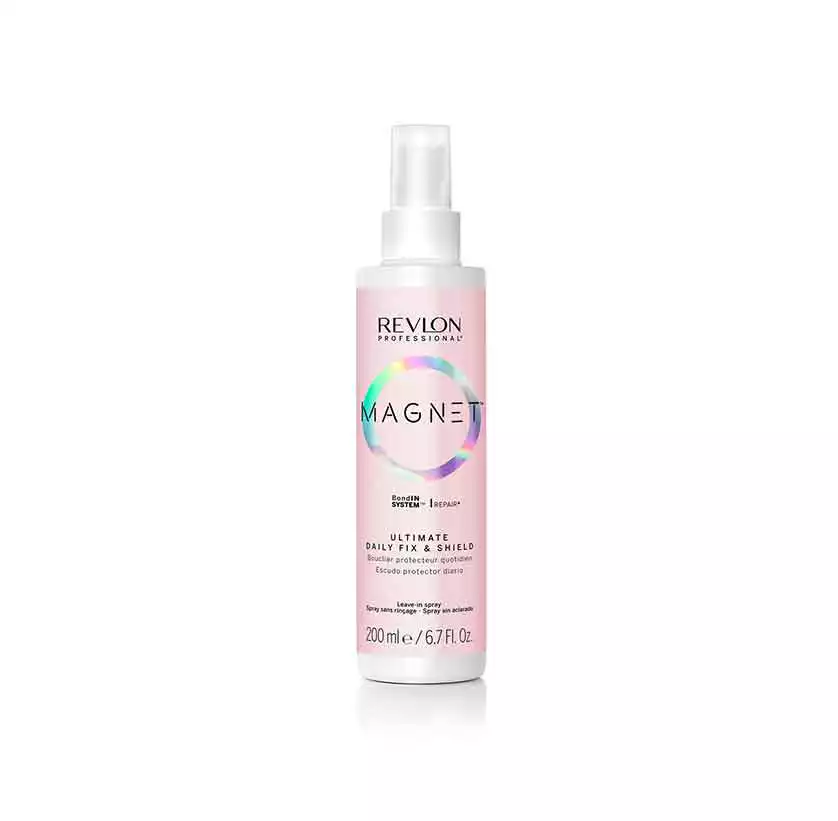
We hope this guide has helped clear up any of your questions on the differences between highlights, babylights, and lowlights. For even more professional highlighting tips and recommendations, check out our guide on how to enhance gray hair with highlights.


